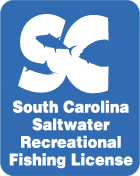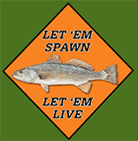Facilities
Marine stocking research in South Carolina is a collaborative effort conducted in multiple facilities utilizing intensive recirculating aquaculture systems, extensive outdoor nursery ponds, and advanced biotechnology equipment.
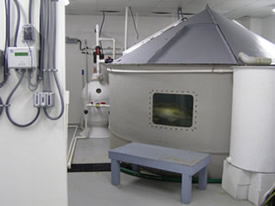
Marine Resources Research Institute (MRRI)
Located at the end of Fort Johnson Rd next to the Charleston Harbor, facilities at the Marine Resources Research Institute include multiple wet labs which contain eight self-contained 4,000 gallon recirculating aquaculture systems (RAS) designed for broodstock conditioning and spawning of red drum and cobia, nine 2,500 gallon and six 400 gallon outdoor flow-through tanks, a RAS containing six 400 gallon tanks for flounder spawning, egg and larvae incubation systems designed to raise larvae from 2 days post hatch all the way to 60 days post hatch, a culture room for live feed production, and environmentally controlled experimental chambers for environmental tolerance research.” And the Waddell description paragraph to “The Waddell Mariculture Center is stationed approximately two hours from Ft. Johnson along the Colleton River in Bluffton, S.C. The center houses wet lab space for intensive fish culture as well 24 lined, production ponds. The wet lab contains 11 recirculating aquaculture systems such as multiple 10-gallon rack systems, 4 sets of 6-tank, 350- and 500-gallon systems, to single 4,000- and 11,000-gallon tanks capable of maintaining large cobia broodfish. Ponds vary in size from 0.25 acre (n = 12), 0.5 acre (n = 9), and 1.25 acre (n = 3). All these systems allow us to complete the life cycle of important marine fish species while answering important research questions related to the efficiency of the culture process as well as the biology of the animal.
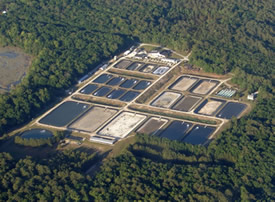
Waddell Mariculture Center (WMC)
At two days post hatch, fish larvae are transported to outdoor nursery ponds at the WMC located along the Colleton River in Bluffton, SC. This facility includes twelve 0.25-acre ponds, nine 0.5-acre ponds, and three 1.25-acre ponds as well as a hatchery building and a wet lab with three replicate experimental recirculating aquaculture systems containing six 400 gallon tanks each. Additional outdoor facilities include ten 10’ diameter and three 20’ diameter flow-through tanks.
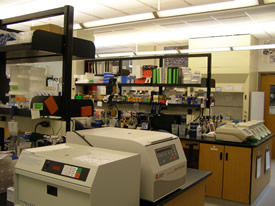
Hollings Marine Laboratory (HML)
The Hollings Marine Laboratory is also located at Ft. Johnson in Charleston, SC and is the home of our genetics laboratory. PCR amplification and capillary electrophoresis of DNA extracted from small samples of fin tissue are used for both the identification of hatchery released fish and quantification of stocking impacts, as well as the evaluation of genetic population structure. Additional facilities at HML include a wet lab that contains two 4,000 gallon broodstock conditioning and spawning tanks, as well three replicate recirculating aquaculture systems with twenty-four 400 gallon experimental tanks.

